Leading market players are investing heavily in research and development to expand their product lines, which will help the aircraft battery market grow even more. There are some strategies for action that market participants are implementing to increase their presence around the world's footprint, with important market developments including new product launches, contractual agreements, mergers and acquisitions, higher investments, and collaboration with other organizations. To expand and survive in a more competitive and rising market climate, the aircraft battery industry must offer cost-effective items.
Manufacturing locally to minimize operational costs is one of the key business tactics manufacturer use in the aircraft battery industry to benefit clients and increase the market sector. In recent years, the aircraft battery industry has offered some of the most significant technological advancements.
Major players in the aircraft battery market, including Concorde Battery Corporation (US), Eaglepicher (US), Cella Engery (US), Enersys (US), Kokam (South Korea), Marvel Aero International (US), Mid-Continent Instruments and Avionics (US), GS Yuasa (Japan), Teledyne Battery Products (US), Saft Groupe SA (France), and others, are attempting to increase market demand by investing in research and development operations.
Marvel Aero International has everything you want or need regarding Christie Aircraft Battery Market Charger/Analyzer Products. Christie offers a variety of Aircraft Battery Market chargers/Analyzers and Universal Battery Support Systems for use in demanding applications using rechargeable batteries. Since its founding in 1929, Christie has been at the forefront of developing innovative battery charging, analysis, and power supply systems for the aviation industry, earning the company numerous patents and exclusive designations. Marvel Aero offers state-of-the-art data collection software and hardware solutions for improved aircraft battery shop productivity.
In April 2022, the NEW CHRISTIE® RF80-M® Aircraft Battery Market Charger/Analyzer was the most recent model in the acclaimed RF80 series, which has set the standard for aircraft battery chargers and analyzers around the world for decades. The RF80-M's advanced microcontroller and touchscreen display set it apart from similar products.
GS Yuasa is a manufacturer and supplier of automotive and industrial batteries, power distribution systems, switchgear, lighting, and ultraviolet systems. Our logo's curved line and straight edge represent teamwork, forward movement, centrifugal force, a giant leap, and swinging acceleration. Since its inception, by utilizing state-of-the-art technology, the GS Yuasa Group has consistently been among the first to create ground-breaking answers to pressing social issues. Here, we showcase some of the technology that made this product a reality, the incremental improvements we've made via routine work, and the massive leaps forward due to years of research and development.
In February 2023, S Yuasa Group company GS Yuasa Technology Ltd. ("GYT") developed and manufactured batteries for the H3 Launch Vehicle (H3 TF1: Test Flight No.1) created by Mitsubishi Heavy Industries, Ltd. (Tokyo Stock Exchange: 7011; "MHI") and the Japan Aerospace Exploration Agency ("JAXA") in preparation for a launch from the Tanegashima Space Center.
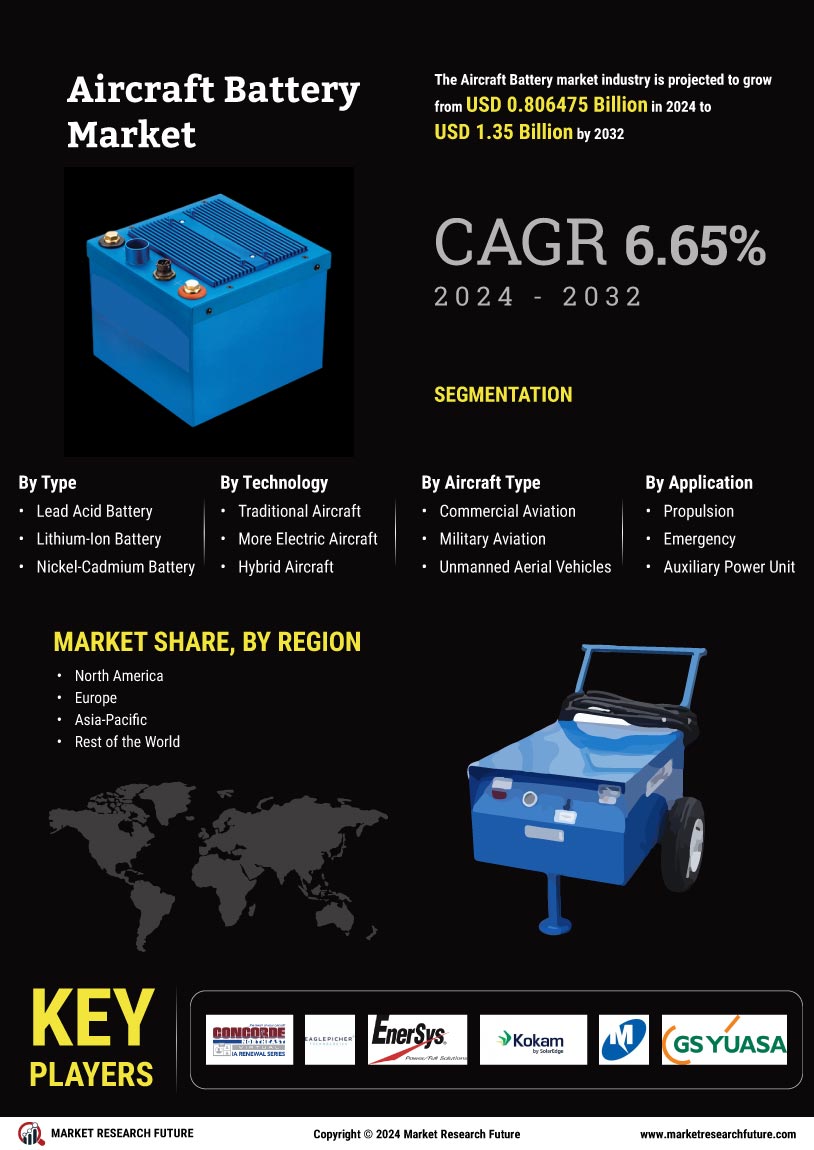

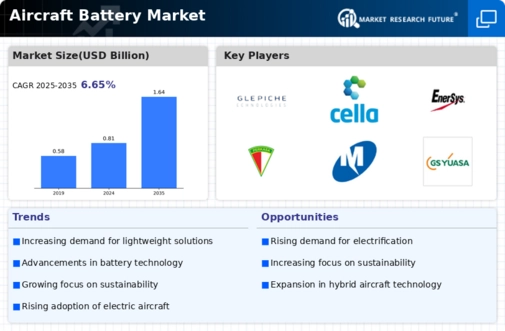
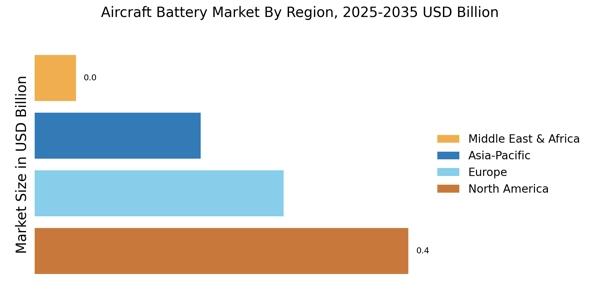
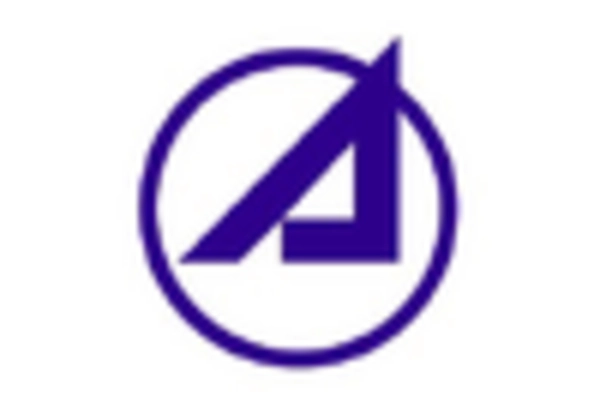


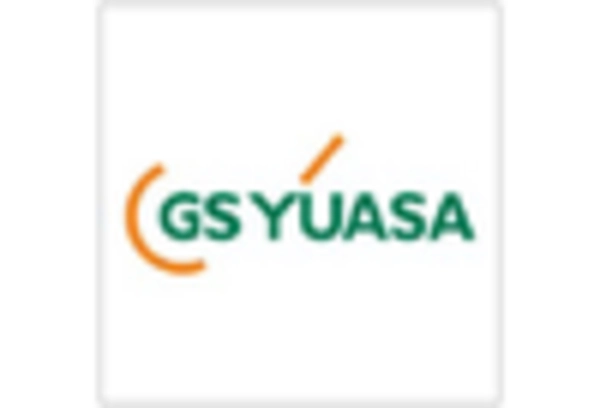










Leave a Comment